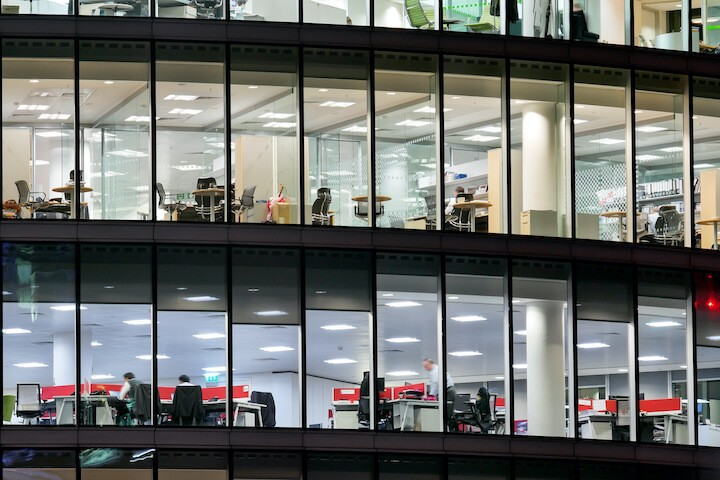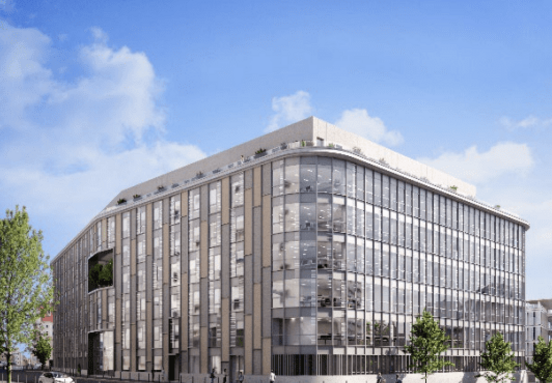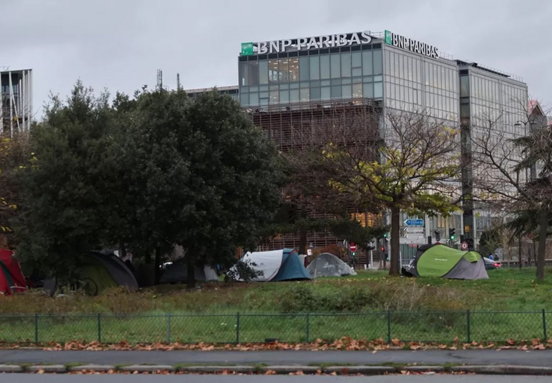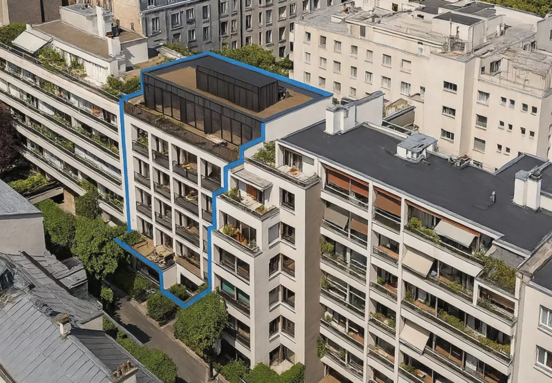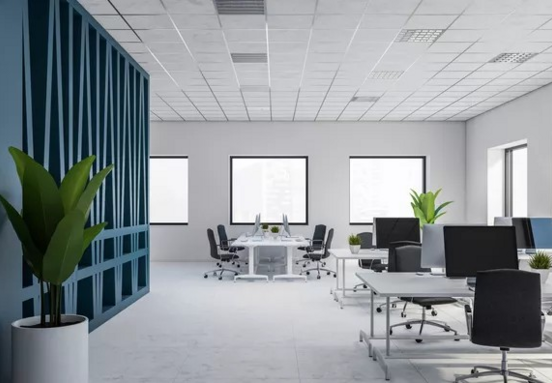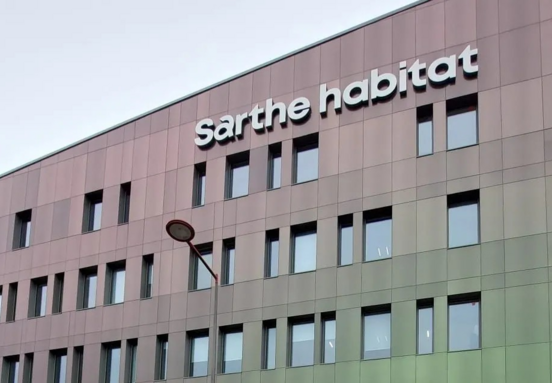Paris office market sees strong recovery, driven by premium quality
The Parisian office market is experiencing a significant resurgence, marking a pivotal shift towards high-quality, sustainable, and strategically located properties. After a cycle of correction between 2022 and 2024, the market is stabilizing, with a notable increase in investment and demand for 'prime' assets.
This renewed focus on excellence means businesses seeking office space in Paris or the surrounding Île-de-France region must prioritize properties that meet stringent modern standards.
The 'prime' advantage: what businesses need now
The current market dictates that quality is no longer a luxury but a necessity. Investors and occupiers alike are gravitating towards office buildings that are recent, durably constructed, and ideally situated. These 'prime' assets are capable of delivering both strong returns for investors and optimal environments for businesses.
Features like robust energy performance, flexible layouts, and excellent connectivity are now non-negotiable for securing top-tier office space in a competitive landscape.
Sustainability: your key to long-term value
Sustainability has emerged as a critical driver of value in the Parisian office market. Buildings certified by leading standards such as HQE, BREEAM, or LEED are highly sought after. These certifications are not just about environmental responsibility; they translate into lower operating costs, enhanced occupant comfort, and increased resilience against regulatory pressures, like those stemming from France's ‘décret tertiaire’.
For businesses, choosing an energy-efficient and green-certified office space is a strategic move, offering a shield against future uncertainties and a tangible boost to corporate image.
Strategic locations: beyond the central business district
While Paris intra-muros, especially the Central Business District (QCA) and well-served areas of the Left Bank, continues to see stable prime rents (around €930/m²/year), the Greater Paris region is also redefining where value lies. New and revitalized hubs like Issy-les-Moulineaux, a redeveloped La Défense, Saint-Denis Pleyel, and Rueil-Nanterre are attracting significant investment and new projects.
These areas benefit from improved accessibility (e.g., new Line 15, RER E extensions) and often offer more competitive rents than central Paris, all while meeting modern environmental standards. This decentralization provides businesses with more diverse, high-quality options across the region.
Optimizing your office footprint in Paris
A key trend among large users – including law firms, investment funds, and consulting companies – is the focus on premium surfaces. Even if it means reducing the total area leased, businesses are prioritizing quality and location to optimize costs and enhance employee experience. This shift from expansion to optimization highlights the importance of making every square meter count, ensuring the workspace truly supports hybrid work models and fosters productivity.
Navigating the evolving office market
The market's increased selectivity is set to endure, with capital continuously flowing towards resilient assets that promise consistent returns in a dynamic environment. Obsolete buildings, particularly those with poor energy ratings (F or G), face significant challenges, often requiring extensive restructuring to meet current demands.
For businesses, this means that investing in or renting high-quality, modern, and sustainable office space is not just a preference, but a strategic imperative for long-term success and adaptability in a still-uncertain economic landscape.
Source: ideal-investisseur.fr
